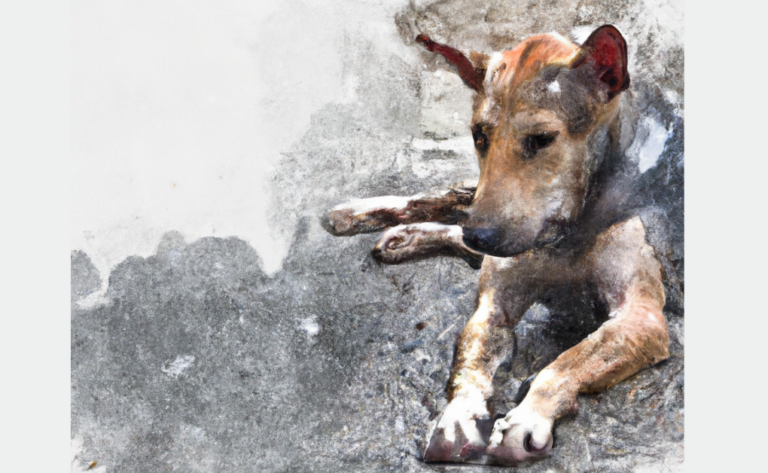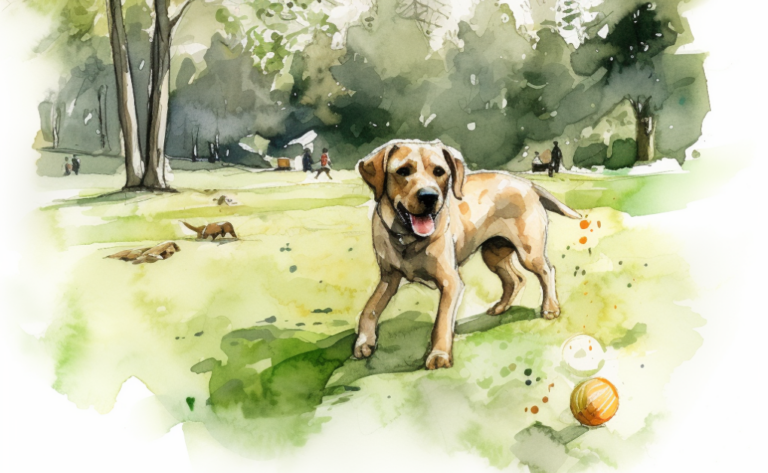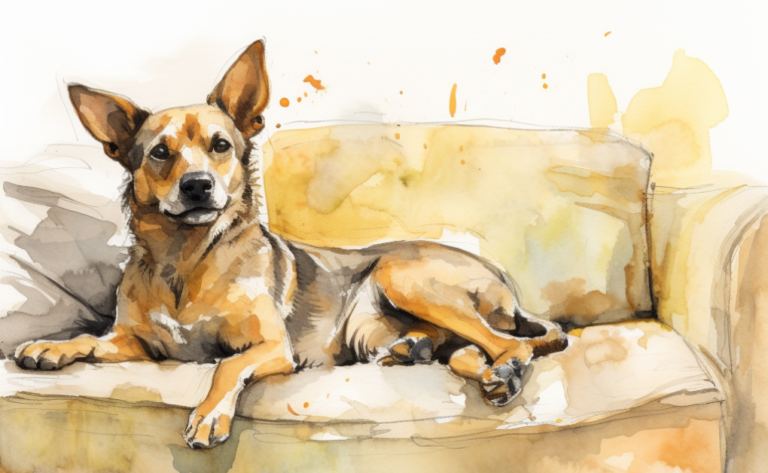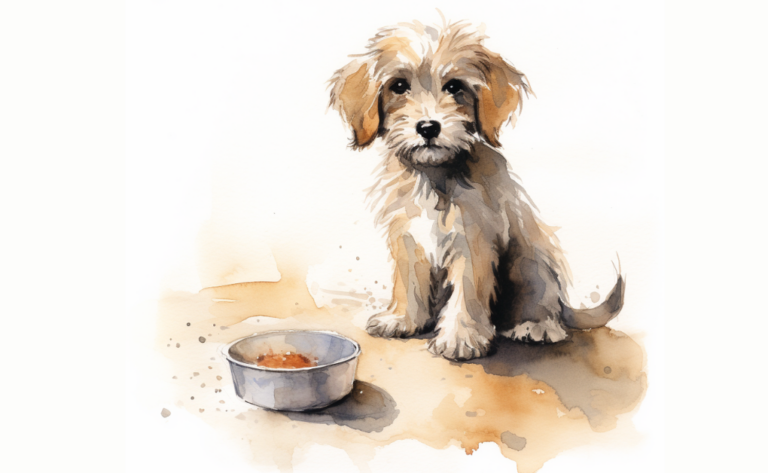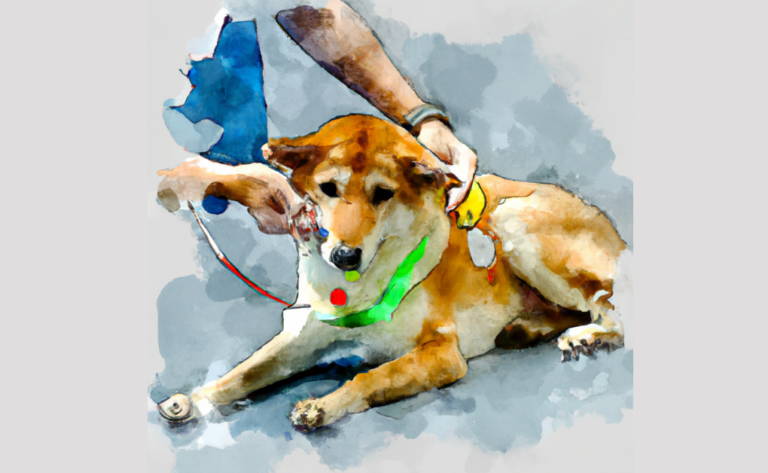How do You Know If Your Cat is in Pain?
Introduction
When Alice noticed her usually playful and affectionate cat, Whiskers, had become lethargic and withdrawn, she couldn’t shake off the feeling that something was amiss. Deeply concerned, she began researching the possible reasons for Whiskers’ sudden change in behavior. It wasn’t until she stumbled upon information about cats in pain that she realized her feline friend might be suffering in silence.
Cats communicate with each other in ways we humans often miss. They use body language, vocalizations, and even facial expressions to tell others what they want, how they feel or if a cat is in pain. But sometimes, it takes a little extra effort to determine whether they feel pain or needs help. So if you notice one of these behaviors, take action immediately.
Glasgow Composite Measure Pain Scale is used to assess pain in cats. It has been validated against the human visual analog scale (VAS) and the numerical rating scale (NRS). The Glasgow composite measure consists of three parts: behavioral signs, physiological signs, and owner-perceived distress.
The first part of the scale measures behavior. The second part assesses physiology. And the third part asks owners about their perception of their cat’s discomfort. This tool can be used by veterinarians, veterinary technicians, and pet parents.
The scale is divided into four categories: 0 no pain; 1 mild pain; 2 moderate pain; 3 severe pain.
Cats are compassionate creatures. So if you notice one of these signs, it could mean that your feline friend suffers from pain. Here are the ten signs of cat pain.
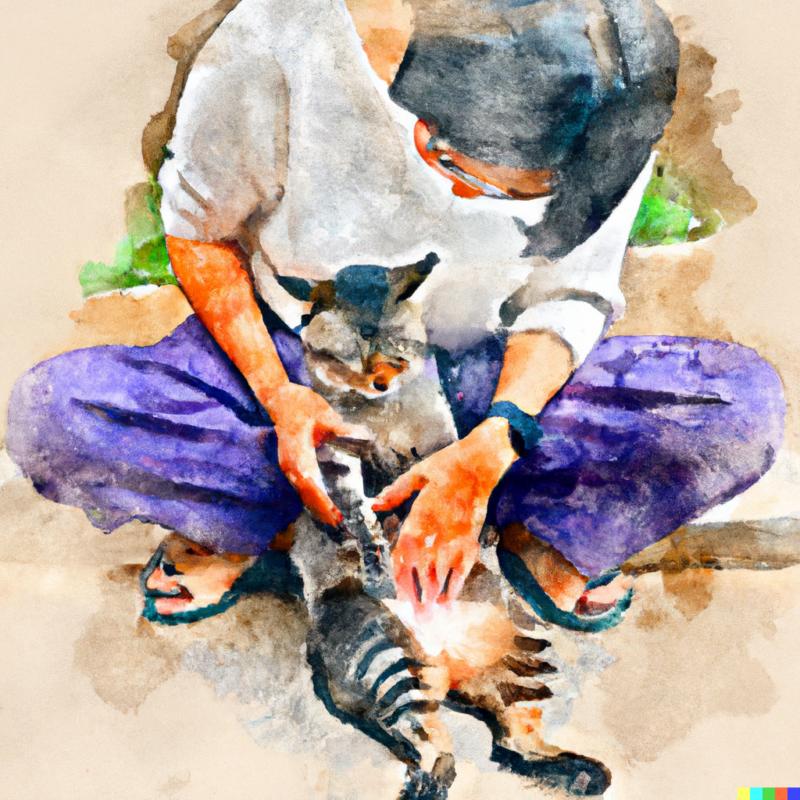
Changes in Activity Level
A change in activity level could indicate discomfort. If you notice your cat becoming less active and sleeping fewer hours than usual, it may be because they are uncomfortable. This could be due to illness, injury, or stress. You can help your cat feel better by providing comfort items such as blankets, pillows, and toys.
If your cat becomes more active: restlessly; repeatedly getting up and down; and having trouble getting comfortable, it may be trying to tell you something. As a result, your cat may be experiencing pain, discomfort, or anxiety. As a result, they need immediate veh
Self-Mutilation
Cats often self-mutilate when they’re in pain. For example, they may bit, scratch, lick themselves, or chew off their tails.
If your cat does any of these things, he may be in pain. But there are many reasons cats engage in this behavior. Some cats are just curious; others are trying to communicate distress signals. And some cats enjoy being destructive.
Try observing him for several days to help determine whether your cat may be in pain. Watch out for pain signs, and pay close attention to his body language. For example, does he seem anxious or depressed? Is he hiding away from you? Do you notice any unusual smells coming from him?
If you notice any signs of discomfort, contact your veterinarian right away. He’ll be able to tell you exactly what’s going on with your kitty.
If Your Cat is in Pain, He Can Vocalize
Cats use vocalizations to express themselves. They purr, meow, yowl, chirp, growl, howl, bark, scream, mew, and whistle. Some cats even sing.
Purrs, hiss, or growls can be a sign that they are experiencing pain. These sounds are usually soft and low-pitched. A cat purring indicates affection and relaxation. Cats sound when they feel happy, relaxed, sleepy, or contented.
Meows are high-pitched and loud. Meowing is used for attention seeking, begging, complaining, and expressing distress.
Yells are short, sharp, and loud. Yelling is used to warn others about danger or to show dominance over another animal. Howls are long, deep, and husky. Howling is used to express pain, fear, anger, and submission.
Chirps are high-pitched and fast. Chirping attracts mates, calls kittens, and signals playful behavior.
Growls are deep and low-pitched. Growling is used to express anger, frustration, territoriality, and intimidation.
Changes in Daily Routine Are a Common Sign of Cat Pain
A sudden change in daily routine can signal a health issue. If your cat isn’t eating, sleeping, playing, or acting normally, there may be a reason. Cats often hide pain when sick, so if your cat doesn’t seem to be himself, take him to the vet immediately.
Cats’ bodies aren’t designed to withstand long periods of illness, so they need veterinary care to recover. The sooner you bring them in, the better off they’ll be. Common signs of cat pain are the following:
- Your cat doesn’t want to eat or drink.
- They seem lethargic.
- They seem uncomfortable around people.
- Their eyes are red or swollen.
- They’re sneezing or coughing.
- They’re having trouble breathing.
- They’re frequently urinating.
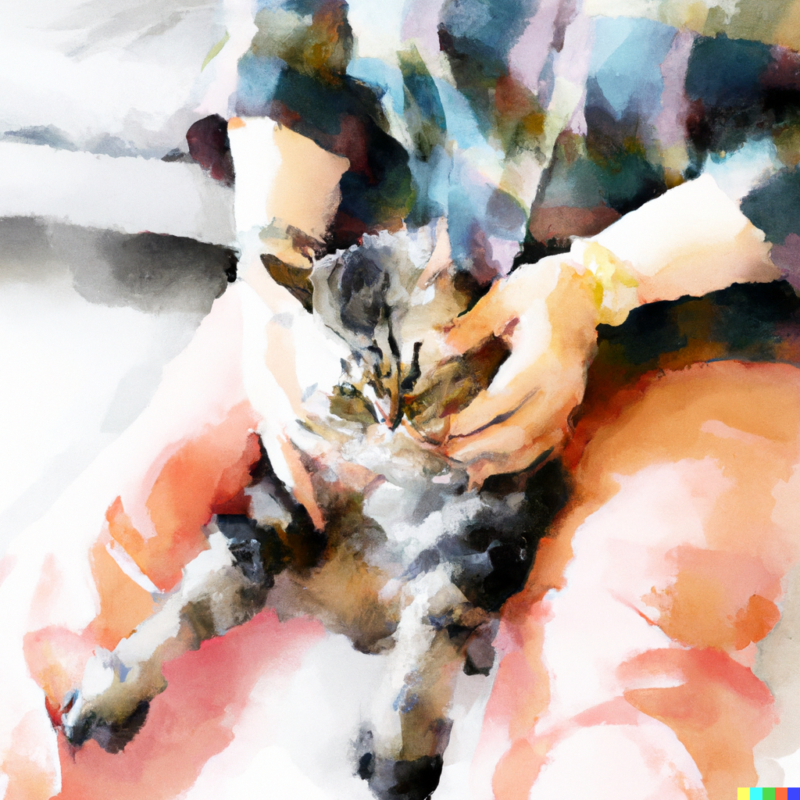
Contact your vet immediately if you suspect another animal has bitten your cat.
Changes in Posture
A cat’s posture may indicate that your cat is experiencing pain and discomfort. If you look closely, you’ll notice that cats don’t always sit up straight as dogs do. Instead, they often slouch, stretch their legs, and roll over onto their backs. These postures indicate that the cat is relaxed and happy. But if a cat adopts a tense stance, it could mean something else entirely.
When cats are in pain, they often adopt a hunched posture. This is because our bodies naturally protect us when we’re in pain by making us feel uncomfortable. So when we’re in pain and adopt this posture, we subconsciously tell ourselves that we’re not comfortable and, therefore, should be okay.
When a cat adopts a stressful posture, he tends to curl his tail around himself, tuck his ears under his body, and hold his head low. This position makes him feel vulnerable and anxious. He might even try to hide behind furniture or jump into a corner.
If you see your cat adopting one of these positions, take note. For example, you may want to give him extra attention or offer him comfort food.
Facial Expressions
Cats will often look away when stressed out. This is because they don’t like being stared at. This is called “facial expression.” In addition to looking away, cats show early signs of pain, such as panting, dilating their eyes, and licking their lips. These behaviors are part of the cat’s stress response.
When cats show pain, they furrow their brows, flatten their ears, close their eyes, and sometimes hiss. These signals are universal among felines, regardless of breed or age.
If your cat shows any of these signs of discomfort, take him to the vet immediately. He may suffer from severe medical conditions like kidney disease, cancer, or heart problems.
Aggression Can Be a Sign of Pain in Cats
Cats can be very affectionate pets. They love attention, cuddling, playing games, and being petted. But some cats become aggressive toward people and other animals. This type of aggression can happen suddenly or gradually. If you notice unusual changes in your cat’s behavior, it could mean he’s becoming dangerous.
If your cat is acting aggressively toward another animal, this may be due to fear or aggression. Fear causes cats to lash out at any perceived threat. The attack comes from anger or frustration.
When your cat feels threatened, his body undergoes a series of physical reactions. For example, he may become defensive, crouch down, back away, growl, scratch, bite, or show other signs of discomfort.
These actions are not random; they’re designed to protect him from danger. But sometimes, these protective measures cause harm to others. This is where aggression becomes dangerous.
Poor Coat Condition
Cats with arthritic conditions sometimes stop grooming because it causes pain. As a result, they don’t groom themselves properly. They need to brush their coats regularly and need to clean them well. This leads to poor coat quality, which can cause skin problems such as dermatitis.
Poor coat condition affects cats because they do not groom themselves properly. As a result, they often suffer from skin problems such as dryness, itching, hair loss, and infections. The most common cause of this problem is a need for grooming. In addition, if your cat spends too much time indoors without getting enough exercise, he might develop a bad habit of scratching himself. This causes him to lose his fur and makes him look scruffy.
Contact your vet immediately if you notice your cat showing discomfort while grooming.
Changes in Appetite and Water Intake
Cats in pain may also stop eating. If your cat stops eating and drinking, it could mean that it is suffering from pain. You should take your cat to the veterinarian immediately if you notice changes in appetite or water intake.
Cats who are experiencing pain may start to lose weight. A decreased appetite and water intake is one way that pain manifests itself in cats. Other signs of discomfort or illness include lethargy, depression, lack of interest in food and water, vomiting, diarrhea, excessive licking of paws, and increased urination.
Your cat needs to eat every single day to remain healthy. When your cat doesn’t eat, it loses muscle mass and weakens. This makes it harder for your cat to move around and play. In addition, it puts stress on his heart and kidneys.
If your cat isn’t eating enough, he may become dehydrated. Dehydration is caused by a loss of fluids in the body. It can lead to kidney failure, liver disease, and even death.
Grooming Changes
Cats groom themselves every day. They use their tongues, claws, teeth, whiskers, and paws to keep themselves clean and healthy. Grooming is essential because cats’ skin is susceptible.
When cats groom themselves, they clean themselves and communicate with each other. Cats communicate through body language, scent, sound, touch, and taste.
If your cat seems uncomfortable when grooming itself, there may be a problem. The most common cause of discomfort during grooming is dry skin. Dry skin causes irritation and itching, which makes cats scratch and rub against things until the itch goes away.
Other possible problems include fleas, parasites, ear infections, ringworm, mange, and allergies. Your veterinarian can help diagnose these conditions.
Frequently Asked Questions
Disclaimer: The information provided on this veterinary website is intended for general educational purposes only and should not be considered as a substitute for professional veterinary advice, diagnosis, or treatment. Always consult a licensed veterinarian for any concerns or questions regarding the health and well-being of your pet. This website does not claim to cover every possible situation or provide exhaustive knowledge on the subjects presented. The owners and contributors of this website are not responsible for any harm or loss that may result from the use or misuse of the information provided herein.


